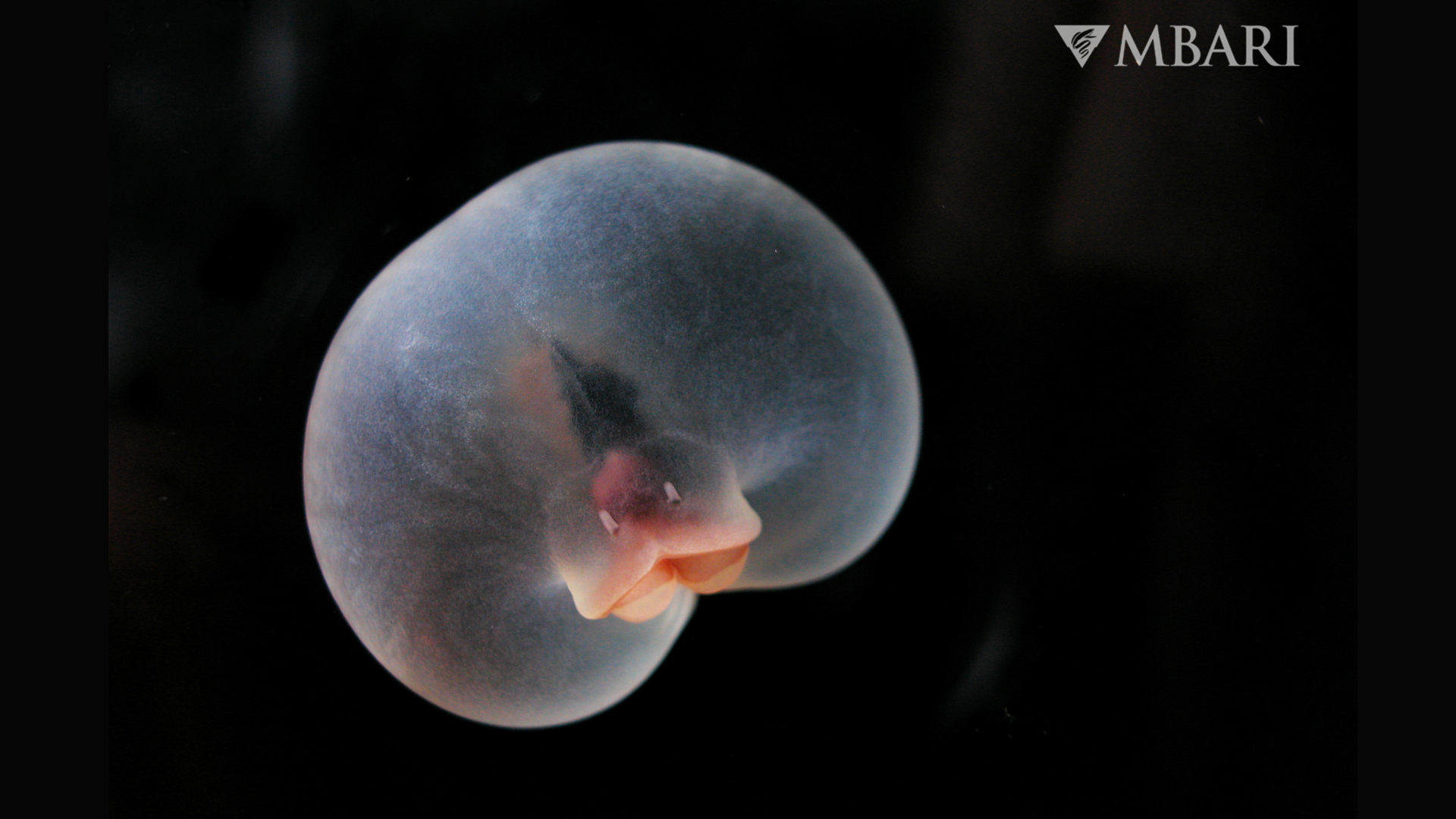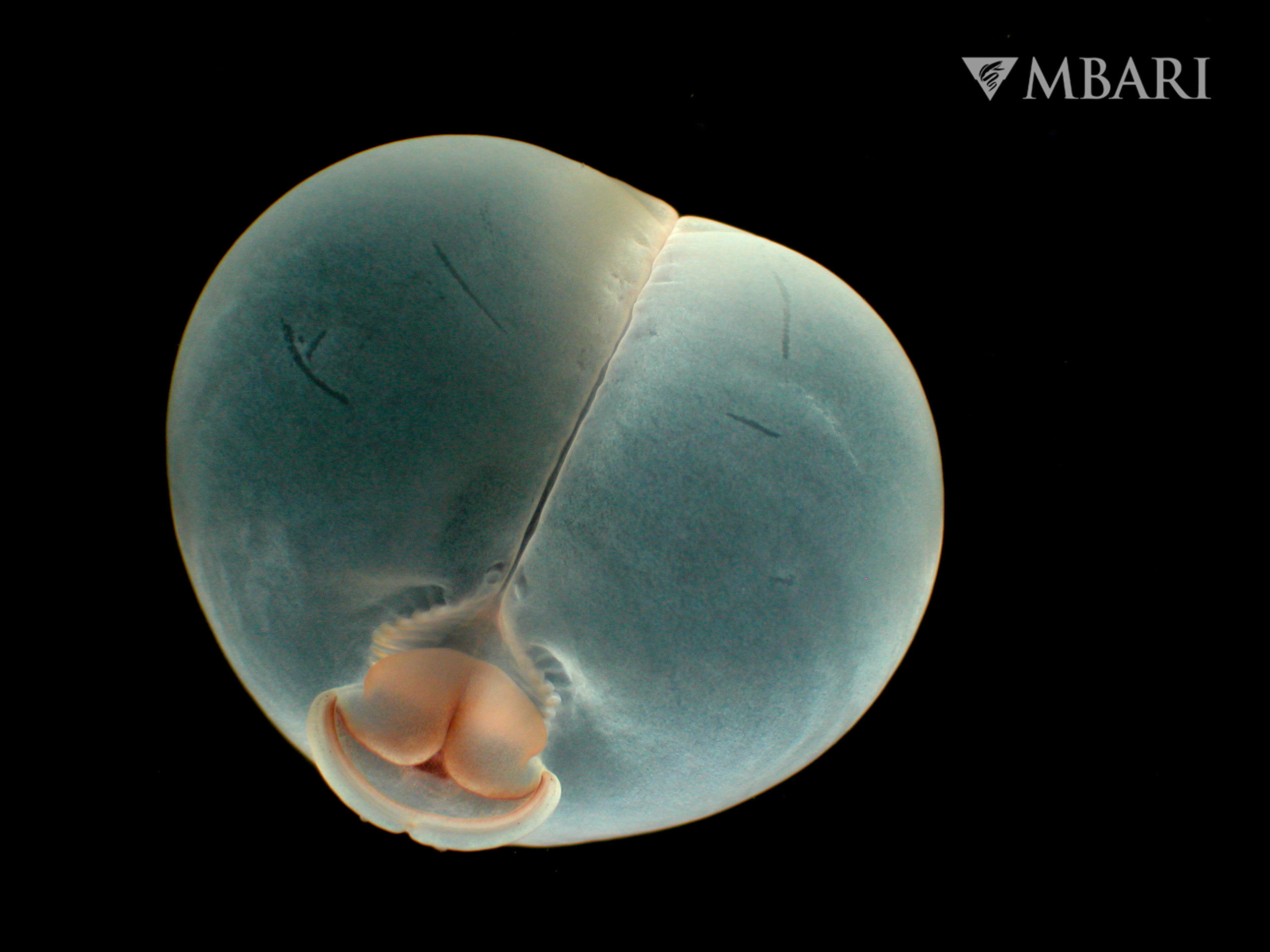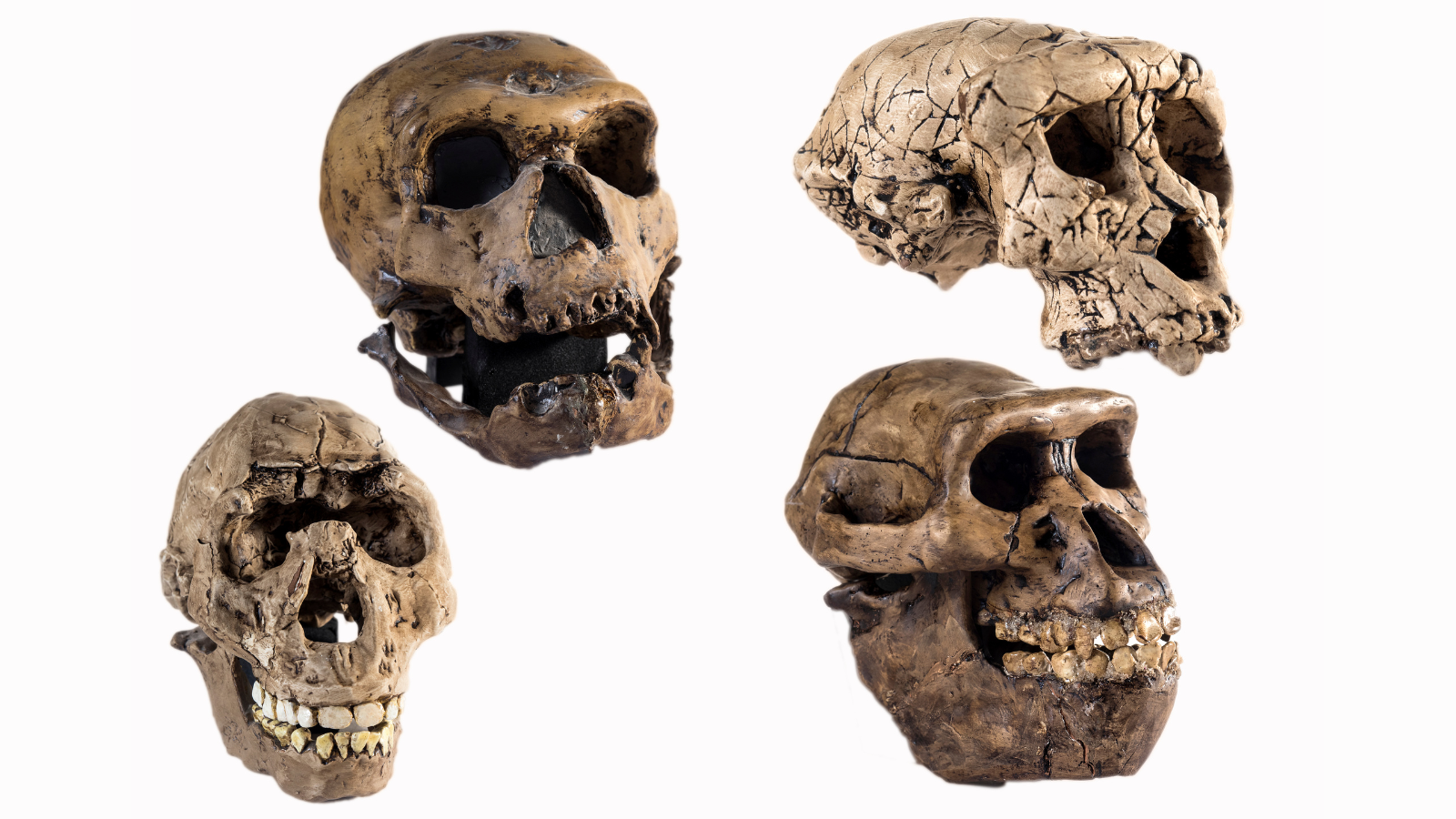Pigbutt worm: The deep-sea 'mystery blob' with the rump of a pig and a ballooned belly
Bizarre worm that looks "like the rump of a pig from one side and Mick Jagger's lips from the other" may be in the middle of an evolutionary leap, scientists say.

Name: Pigbutt worm (Chaetopterus pugaporcinus)
Where it lives: Central California (primarily around Monterey Bay) and the Channel Islands
What it eats: Marine snow (organic material that floats through the ocean)
Why it's awesome: This hazelnut-size worm is so strange that researchers didn't know how to categorize it when it was first collected by Monterey Bay Aquarium Research Institute (MBARI) scientists in 2001.
"I was instantly interested in this strange creature that looked like the rump of a pig from one side and Mick Jagger's lips from the other. Was it a larva that had grown to 10 times the normal size or something new?" Karen Osborn, a research zoologist at the Smithsonian's National Museum of Natural History and an adjunct scientist at MBARI, told Live Science via email.
Meet the pigbutt worm 🐷🪱When our team, including @OsbornLab, first spotted the unusual pigbutt worm (Chaetopterus pugaporcinus) a half mile below the ocean surface, they had a tough time determining how to categorize such a curious critter. pic.twitter.com/7fN9xDoHYmFebruary 29, 2024
Osborn was handed a little jar labeled "mystery blob" and was asked to figure out what it was. The species was officially described in 2007 from eight individuals collected from the mesopelagic zone — the region between 650 and 3,300 feet (200 to 1,000 meters) — of California's Monterey Bay.
Get the world’s most fascinating discoveries delivered straight to your inbox.
The baffling creature looked like an oversize larva of a chaetopterid — a type of bristle worm — and DNA sequencing confirmed it was in this family.
"Chaetopterids are parchment worms, so called because they make papery tubes attached to the seafloor," Osborn said. But unlike its tubelike cousins, which are free-swimming only in the larval stage, this worm floats through the ocean, using its ballooned midsection for buoyancy.
Researchers believe the pigbutt worms collected were adults, but they're not entirely sure as the specimens also show some traits characteristic of larvae. They didn't have any obvious sex organs, indicating they were in the younger stages of life, but they were five to 10 times larger than any other known chaetopterid larvae. When placed in a tank with the option of settling on the sediment at the bottom, they stayed floating around, suggesting they have no need for this habitat at any stage of their lives.
This led researchers to suggest pigbutt worms are in the middle of an "evolutionary leap," abandoning the seafloor for a nomadic lifestyle in the water column.
Transporting live samples back to the research vessel enabled scientists to learn more about this bizarre little creature. For example, its body creates blue light and produces a green, bioluminescent mucus, perhaps to deter predators.
Pigbutt worms eat marine snow — tiny particles of dead animals, feces and other organic matter. As the "snow" falls toward the seabed, the worm "casts out a web of snot" to catch it, according to MBARI's website.
Pigbutt worms were named by the remotely operated vehicle pilots who found the strange blobs. During long hours exploring the deep sea, "the conversation can get a little colorful, especially when faced with the search for something that looks like the back end of a pig," Osborn said.

Melissa Hobson is a freelance writer who specializes in marine science, conservation and sustainability, and particularly loves writing about the bizarre behaviors of marine creatures. Melissa has worked for several marine conservation organizations where she soaked up their knowledge and passion for protecting the ocean. A certified Rescue Diver, she gets her scuba fix wherever possible but is too much of a wimp to dive in the UK these days so tends to stick to tropical waters. Her writing has also appeared in National Geographic, the Guardian, the Sunday Times, New Scientist, VICE and more.



